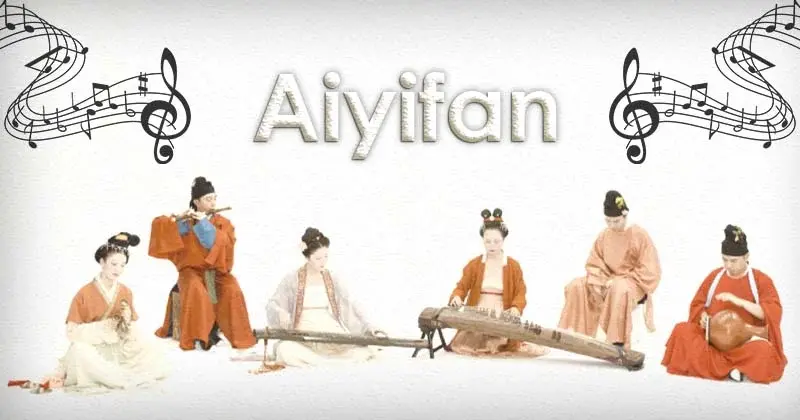As you wander through the enchanting streets of Rome, Florence or Venice, you might chance upon shops adorned with the word ‘antiquità.’ In the Italian language, this term signifies antiques or items of antiquity. Yet, in Italy, antiquità transcends mere age – it encapsulates a profound cultural reverence for beauty, history and craftsmanship.
Defining Antiquità
Antiquità encompasses artifacts, architectural details and decorative objects originating from classical antiquity, particularly from ancient Greece, Rome and Egypt. These relics, ranging from statues and mosaics to coins and weaponry, not only showcase artistic mastery but also embody cultural values from bygone eras.
The allure of antiquità lies in its portrayal of an idealized past, with harmonious proportions and skilled craftsmanship that continue to inspire modern artists. These artifacts serve as a symbolic bridge between the present day and distant history, fostering an intimate connection with the past.
The Historical Tapestry of Antiquità
Ancient Roots
Antiquità finds its roots in ancient Roman culture, with the term itself derived from the Latin word ‘antiquus,’ meaning old or ancient. The Renaissance era witnessed a revival of interest in ancient Roman and Greek culture, fostering a deep appreciation for antiquità.
The Grand Tour and the Antiquità Trade
The 17th and 18th centuries marked the ‘Grand Tour,’ a journey undertaken by upper-class Europeans to witness renowned antiquità firsthand. This trend fueled the trade in Roman artifacts and replicas, giving rise to a lucrative industry. Dealers, known as antiquari, sourced artifacts and crafted replicas, shaping the evolving market.
Influence on Neoclassical Art and Design
Exposure to antiquità during the Grand Tour significantly influenced art, architecture and design. The Neoclassical style, marked by simplicity and symmetry inspired by ancient Greek and Roman designs, emerged as a prominent movement following the French Revolution.
Styles and Characteristics of Antiquità Pieces
Key Characteristics of Antiquità Furniture
Antiquità furniture stands out for its aesthetic and historical significance, featuring:
- Decorative motifs inspired by Greek, Roman and Renaissance art.
- Use of rare hardwoods like mahogany and ebony.
- Classic shapes with formal proportions, turned legs and claw feet.
- Master craftsmanship using traditional joinery techniques.
Major Styles Within Antiquità Furniture
- Baroque (1600-1750): Ornate style with heavy carvings and gilding.
- Rococo (1700-1770): Whimsical, asymmetrical style with curved lines.
- Neoclassical (1760-1830): Simple, symmetrical forms inspired by ancient designs.
- Empire (1800-1815): Grand, militaristic style with Egyptian and Etruscan motifs.
- Victorian (1837-1901): Revival of historic styles mixed with exotic inspirations.
Understanding the history, characteristics and major styles of antiquità helps collectors appreciate these magnificent pieces of art history.
Notable Artists Shaping Antiquità
Through the ages, influential artists have left an indelible mark on antiquità:
- Leonardo da Vinci: High Renaissance painter known for ‘The Last Supper’ and ‘Mona Lisa.’
- Michelangelo: Renowned sculptor and painter of iconic works like ‘David.’
- Raphael: Master painter defining the classical Renaissance style.
- Caravaggio: Baroque painter with influential chiaroscuro technique.
- Rembrandt: Dutch Golden Age painter known for emotive Baroque style.
Their works continue to captivate audiences globally, shaping the trajectory of European art.
Sourcing Authentic Antiquità
For those seeking to start or expand an antiquità collection, knowing where to find authentic pieces is crucial:
- Art Galleries: Specializing in European art from the 14th to 19th centuries.
- Auction Houses: Sotheby’s, Christie’s, and Bonhams host live and online antiquità auctions.
- Antique Dealers: Physical stores offering a range of antiquità and vintage items.
- Estate Sales: Opportunities to discover antiquità at reasonable prices.
By exercising patience and persistence, collectors can build impressive antiquità collections from these diverse sources.
A Timeless Legacy: Antiquità in Conclusion
From its ancient roots in Roman culture to its enduring influence on modern art and design, antiquità is a timeless aesthetic. Far from being simply “old-fashioned,” it represents a deep appreciation for craftsmanship, cultural heritage, and a reverence for the past.
By incorporating elements of antiquità into one’s surroundings, whether through museum visits or personal collections, individuals open themselves to a design style that has withstood the test of centuries. Let the patina of age serve as a reminder of the beauty in imperfections and celebrate a history that continues to unfold.
Antiquità awakens the senses to the simple pleasures of the worn, the weathered, and the well-loved – a treasure trove waiting to be discovered in the everyday objects around us.



